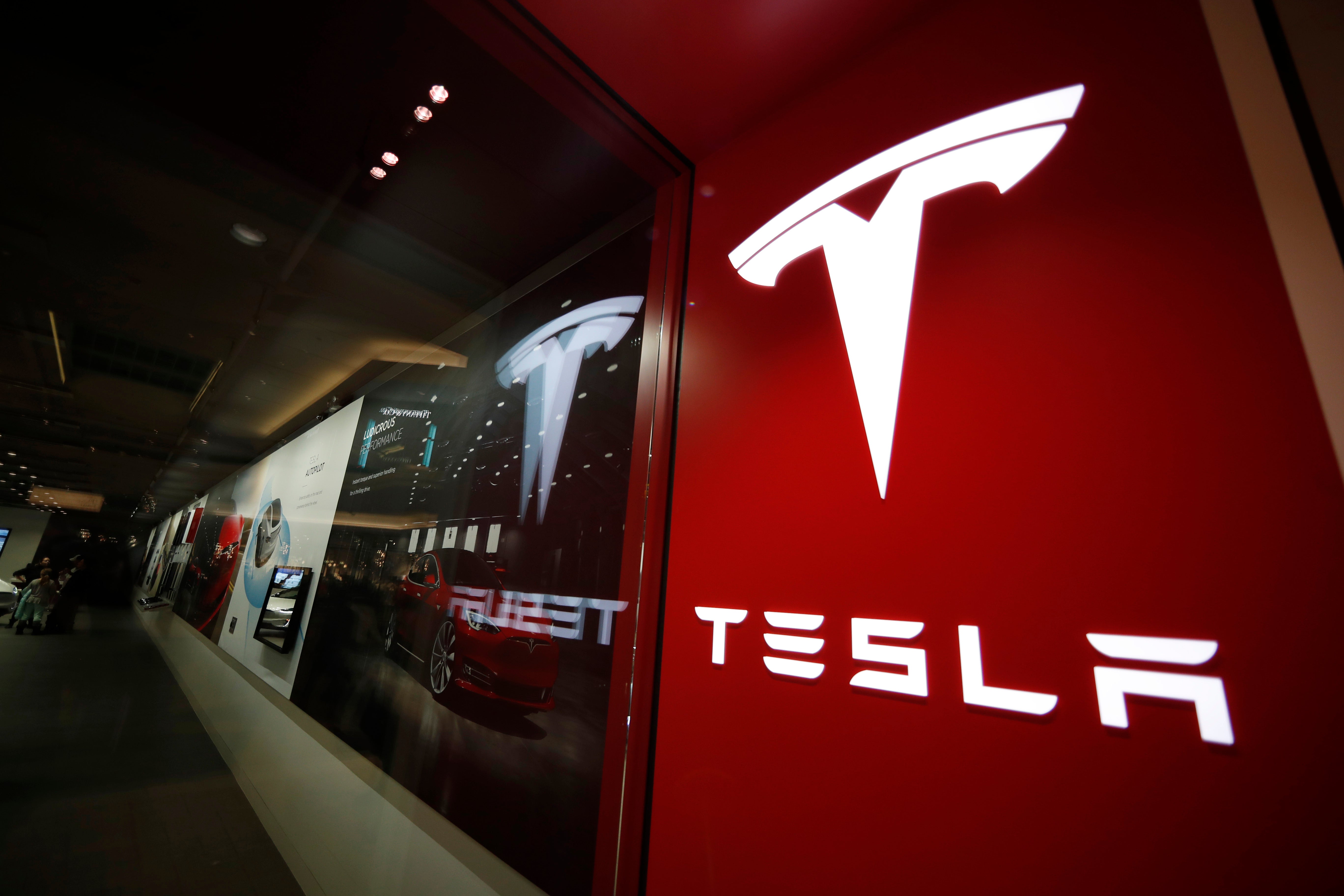Tesla’s new ‘Full Self Driving’ software is rolling out after delays due to unknown ‘issues’
‘Full Self Driving’, despite its name, does not allow the cars to drive without human supervision

Tesla cars’ ‘Full Self Driving’ capability, which does not allow the car to drive fully by themselves, is finally rolling out following a delay from the company to deal with unknown “issues.”
In a tweet yesterday, Tesla CEO Elon Musk said that the company was “seeing some issues” with the new update and would be rolling it back temporarily to its previous version.
The Full Self Driving beta was originally meant to be released on midnight of 7 October, but a few “last minute concerns” about the build delayed it until 11 October. On 24 October, Elon Musk said that “regression in some left turns at traffic lights” was found by the Tesla engineers, and undefined “other issues” meant the beta had to be delayed.
Tesla’s $10,000 “Full Self-Driving” option does not mean that the vehicles can drive themselves. “The current enabled features require active driver supervision and do not make the vehicle autonomous,” the website says.
The release notes of the new software includes driver profiles that allows drivers to control behaviours like rolling stops, exiting passing lanes, speed-based lane changes, following distance, and more.
While it is unclear what problems were in the beta, it is concerning that Tesla allows cars to be operated in this state. One user who received the update described the autopilot mode failing to engage and the car repeatedly setting off warning signs despite it being safe. “Very scary to drive it like this. It floored the break on the highway when AP disengaged”, he tweeted.
Researchers have found that autonomous systems make drivers less attentive to the road, and although Autopilot is one of the most capable systems available there was “evidence that drivers may not be using AP as recommended”, scientists from MIT said.
“Before disengagement, drivers looked less on road and focused more on non-driving related areas compared to after the transition to manual driving. The higher proportion of off-road glances before disengagement to manual driving were not compensated by longer glances ahead”, they continued.
The National Highway Traffic Safety Administration in the United States says it has identified 12 crashes since 2018 in which Teslas on Autopilot or Traffic Aware Cruise Control have hit vehicles.
Join our commenting forum
Join thought-provoking conversations, follow other Independent readers and see their replies
Comments
Bookmark popover
Removed from bookmarks